Elon Musk's 10 worst predictions and broken promises
"I feel very confident predicting autonomous robotaxis for Tesla next year," Musk said... in 2019
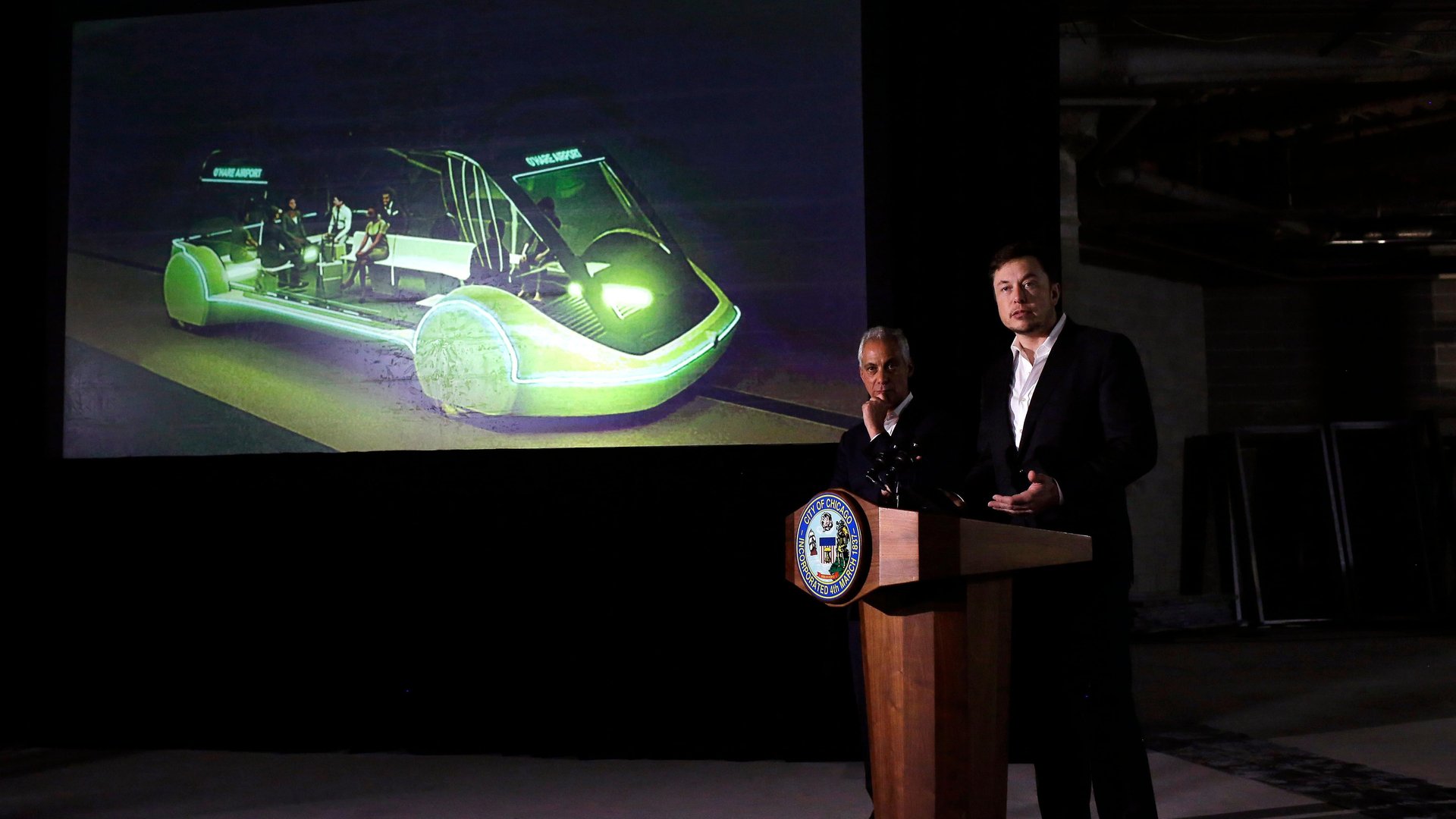
Elon Musk has spent his entire career making predictions about the future. Some of those ideas have panned out — mostly thanks to his brilliant team of people at SpaceX. But for every promise Musk has helped make a reality through a company like SpaceX, there are many more the billionaire would probably like people to forget about.
Musk made some bold predictions last week about the future of artificial intelligence. The billionaire tech mogul earnestly seems to believe artificial general intelligence (AGI), the point when AI can apply reason and logic in the same way as humans, is just a year or two away.
“If you define AGI as smarter than the smartest human, I think it’s probably in the next year. Like within two years,” Musk said during a chat with the head of Norway’s sovereign fund on Tuesday.
“But that’s still a pretty big leap beyond that to say smarter than the machine-augmented human collective,” Musk continued. “So like, is it smarter than all humans working together who are also using computers to augment their output? And that I think is probably five years away.”
Read more: Elon Musk said a self-driving Tesla is coming this year. Not everyone is convinced
Ironically, Musk’s talk on X Spaces was cut short because of technical problems, something that’s happened frequently when Musk has tried to host a chat over recent months. The idea that we’re on the cusp of AGI while Musk’s social media platform struggles with hosting a basic audio chat is pretty funny to any outside observer.
Obviously, we’ll just have to wait and see whether Musk’s prediction on AGI proves correct. But there are plenty of people who don’t think Musk understands just how far away we are from developing what most people would consider AGI. Gary Marcus, the CEO of Geometric Intelligence, has offered to bet Musk $1 million that AI won’t actually be “smarter” than humans by the end of 2025. Another CEO followed suit and offered $10 million.
As Marcus points out, computers have been “smarter” than humans for decades. So the parameters of what Musk is talking about need to be defined in a clearer way. Much like the term “artificial intelligence,” the definition of AGI is still pretty hazy. But it makes for very cool-sounding headlines when Musk makes these proclamations.
Today, we’re taking a look at some of the promises and predictions that Musk has made which haven’t come true. It’s entirely possible that some of these things might become a reality in the future. But there have been enough failures that it can be enlightening to look back and ask yourself what went wrong — as well as what motivation Musk might have for hyping up technologies long before they’re ready.
2 / 11
Robotaxis by 2020
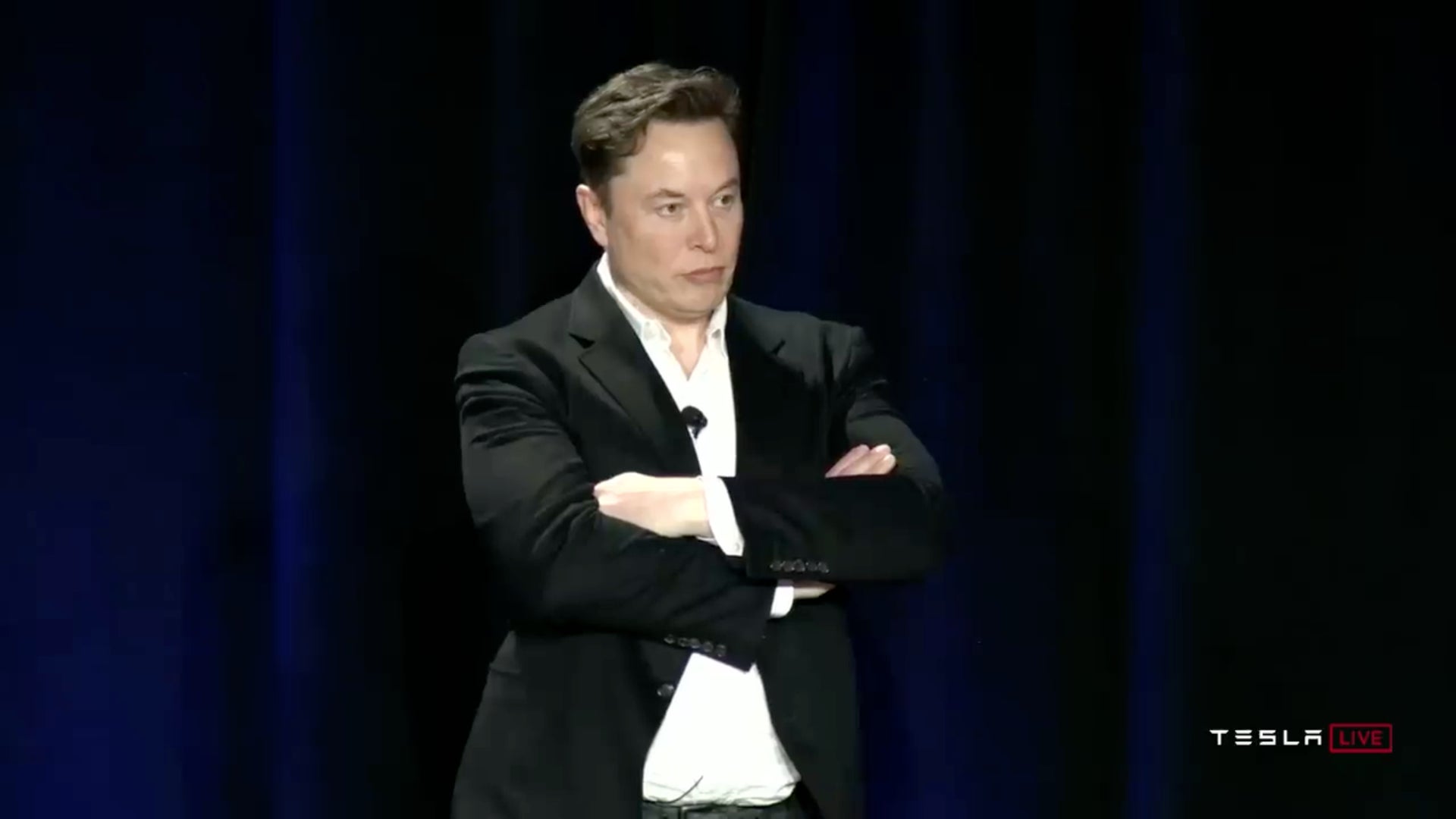
In 2019, Musk made quite a prediction about the future of robotaxis.
“I feel very confident predicting autonomous robotaxis for Tesla next year. Not in all jurisdictions because we won’t have regulatory approval everywhere. But I’m confident we will have at least regulatory approval somewhere literally next year,” Musk said back in April 2019.
But that wasn’t all. Musk said owning anything but a Tesla by 2022 would be like owning a horse because only Tesla would have the autonomous driving software required to deliver next-level capabilities.
“If you buy a car that does not have the hardware for full self-driving, it is like buying a horse,” Musk said. “And the only car that has the hardware for full self-driving is a Tesla.”
Musk is still reportedly working on robotaxis behind the scenes. The Tesla CEO has even promised to unveil a robotaxi in August. But there’s a pretty wide consensus that whatever Musk shows off to the world won’t be a commercial robotaxi service anytime soon.
Plenty of other companies have been developing robotaxis — like Cruise and Waymo — but with trials and tribulations that have caused the companies to shut down for extended periods of time following crashes and scandals. Robotaxis are hard, and it’s entirely possible Musk could be the one to finally deliver them at scale. But we’ll believe it when we see it.
3 / 11
Hyperloop to O’Hare
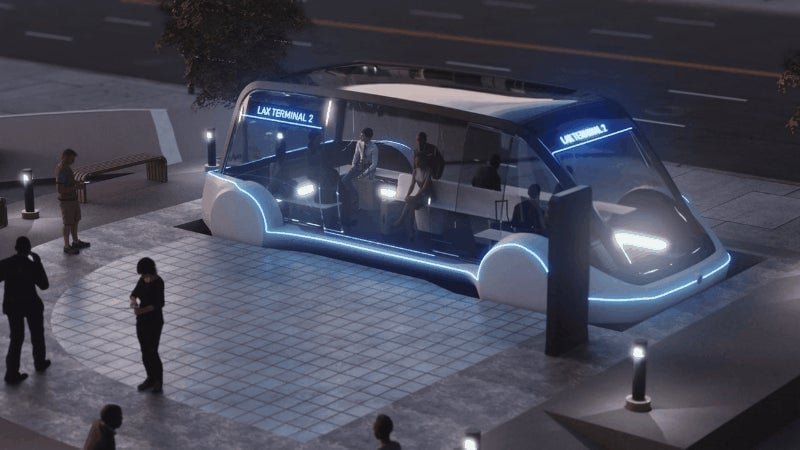
Musk made a lot of bold predictions about the Hyperloop when he announced the concept back in 2013. But the billionaire insisted he wouldn’t be the one to develop the 600-mile-per-hour tech. Instead, Musk set his sights on a mass transportation idea that was much more humble.
“A Loop is like a Hyperloop, but without drawing a vacuum inside the tube. Don’t need to get rid of air friction for short routes,” Musk tweeted in Nov. 2017.
By the next year, Musk was holding a press conference with the mayor of Chicago to announce that the Boring Company would be building a tunnel covering the 18 miles between downtown Chicago and O’Hare Airport. It would deliver passengers in about 12 minutes, according to Musk.
The Loop system even had some fancy animation of the autonomous 16-passenger vehicles that were supposed to be whipping around underground, as you can see above. But that didn’t happen. Musk’s Loop has just one existing application and it’s in Las Vegas. But it doesn’t have any 16-passenger vehicles or incredibly fast speeds. It’s just regular Tesla vehicles being driven by human drivers slowly in a tunnel.
4 / 11
Humans on Mars by 2024
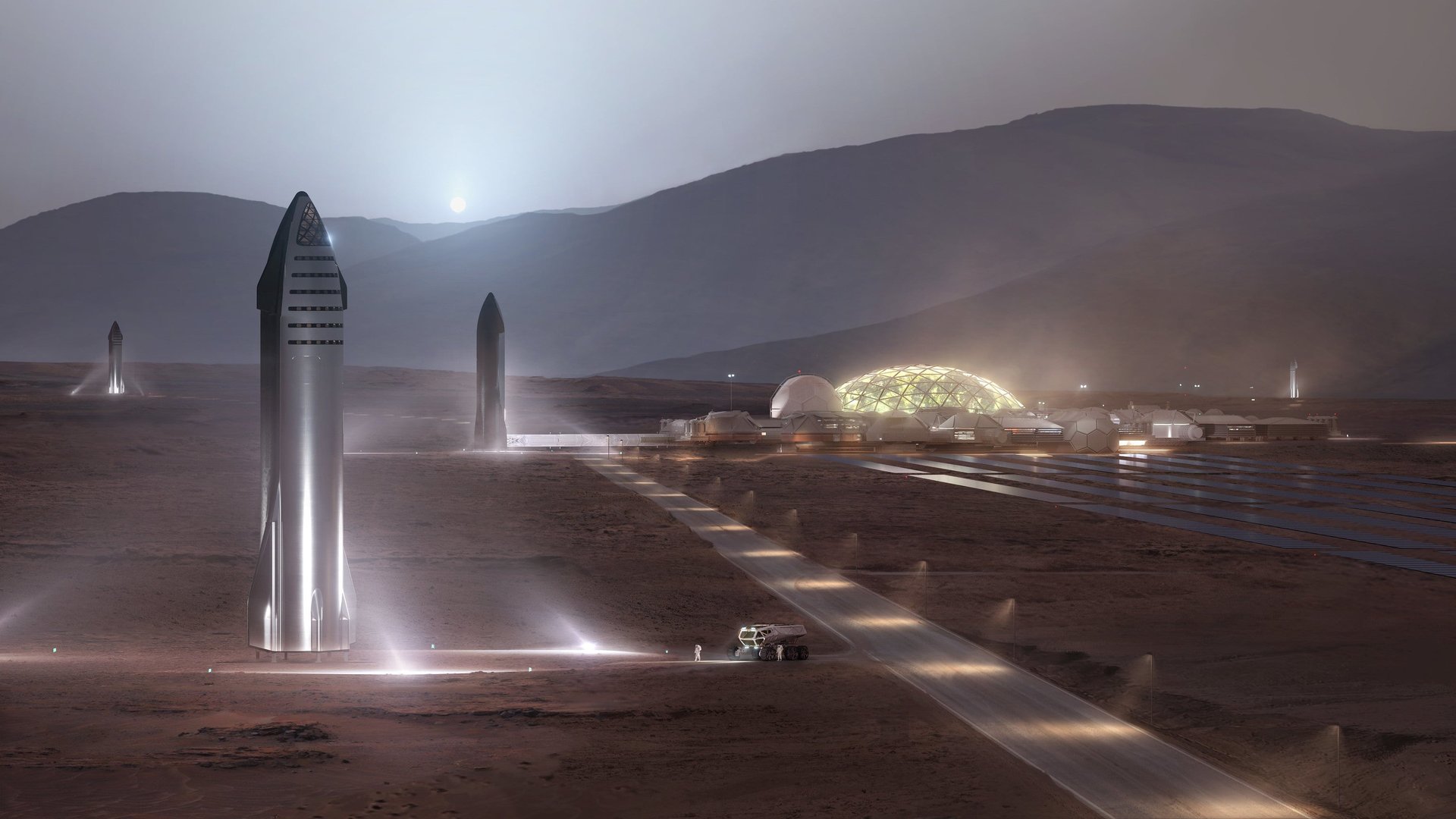
Of all Musk’s companies, SpaceX has arguably been the most impressive at delivering results. The company has incredibly lucrative contracts with the government launching payloads like spy satellites into space and Starlink satellite internet has expanded access in hard-to-serve corners of the globe.
But Musk’s predictions for space have also been some of the most ridiculous, especially when he’s put a timetable on plans for getting humans to Mars—like the time he imagined there might be humans there by 2024.
“I’m hopeful that the first people could be taken to Mars in 10 to 12 years, I think it’s certainly possible for that to occur,” Musk told CNBC in June 2014.
Musk reiterated that he wants to build a city on Mars, something he’s talked about for a very long time, even claiming that he’d like to die on the red planet (presumably of old age).
“But the thing that matters long term is to have a self-sustaining city on Mars, to make life multi-planetary,” Musk said.
We’re still quite a ways from putting humans on Mars, as we’re currently doing our best to just return to the Moon. Space enthusiasts would obviously love to see a person set foot on Mars, even if the details of Musk’s plans for a colony of 1 million people on the planet are weird and unrealistic.
5 / 11
Trips Around the Moon by 2018
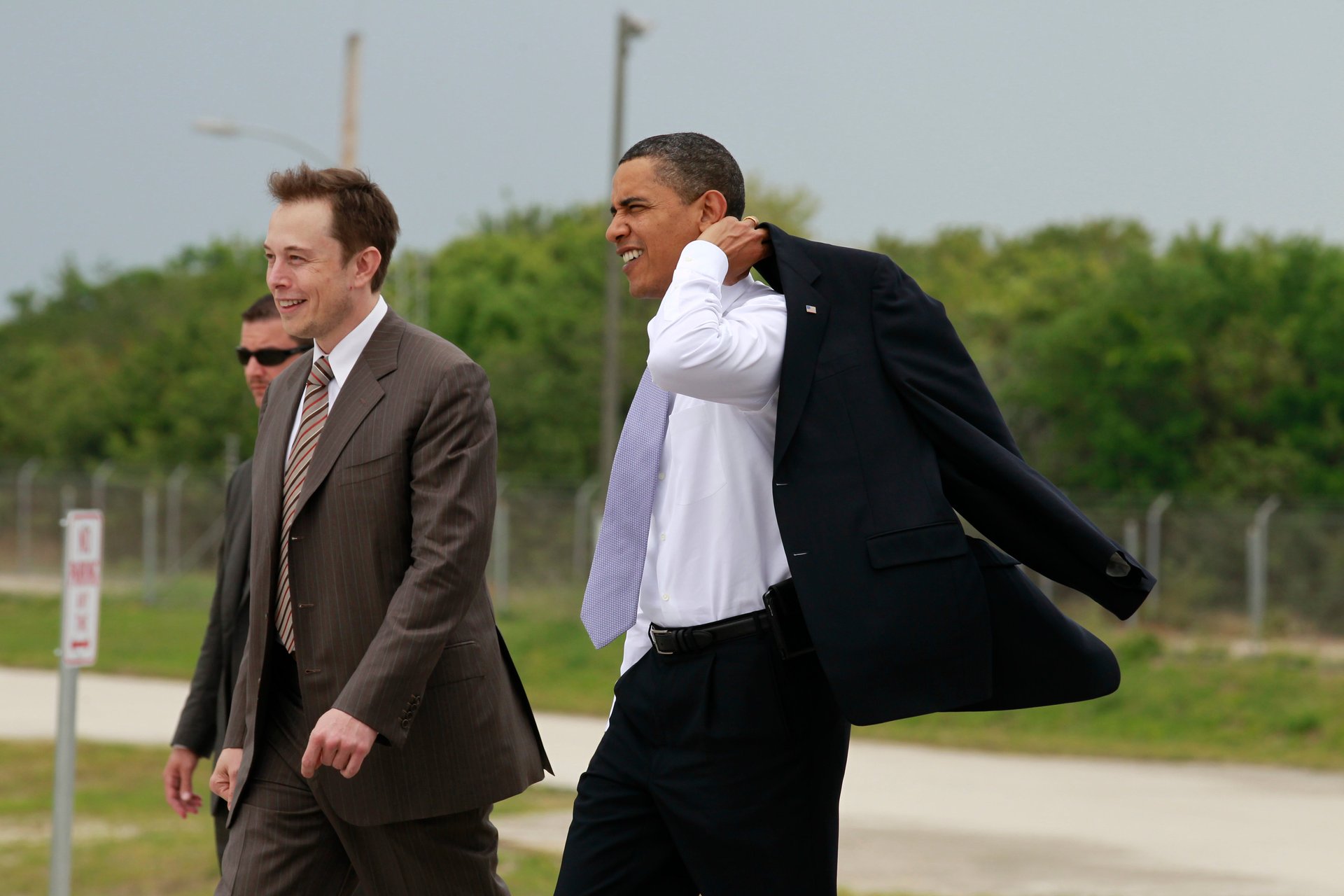
Back in 2017, Musk said that SpaceX would be flying private citizens around the Moon by 2018. That hasn’t happened yet, obviously, and the most recent goal of trying to send paying customers around the Moon in 2023 also fell through.
The NASA-led Artemis-2 mission is currently scheduled to fly humans around the Moon in September 2025, but there’s no word from SpaceX about a new date for when average citizens might make the trip.
6 / 11
“Probably close to zero new cases...”
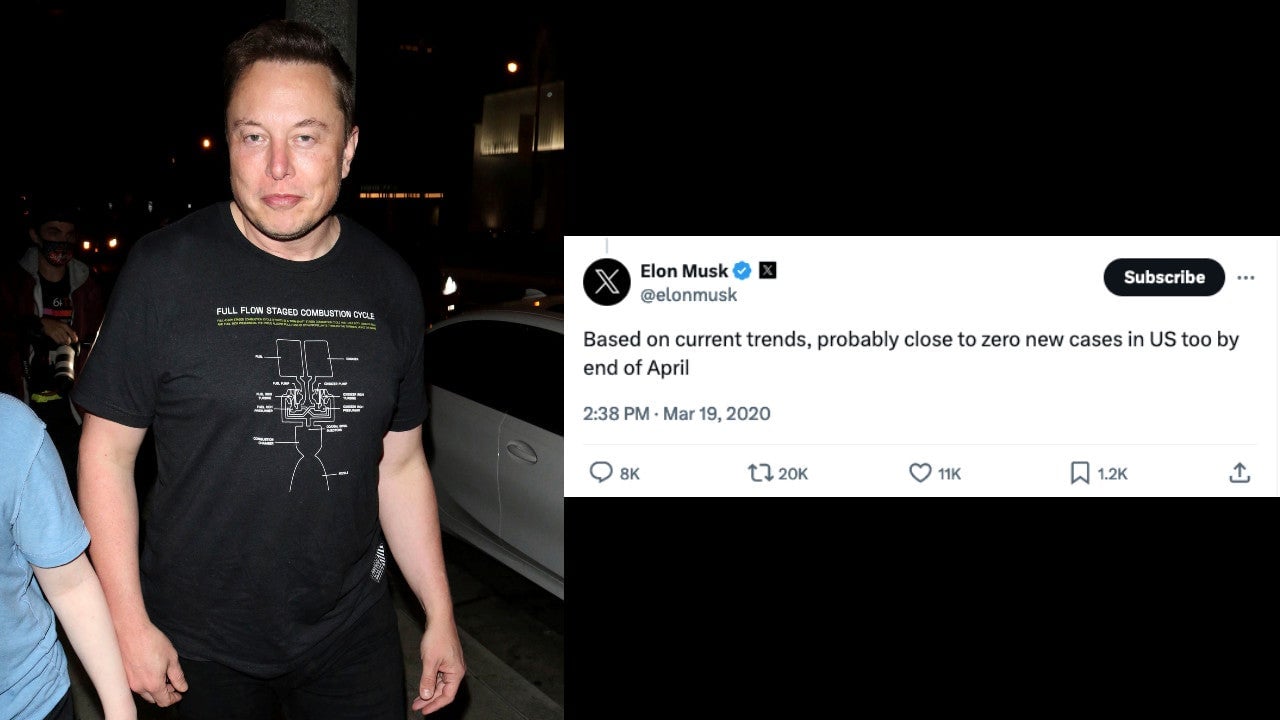
One of Musk’s most infamous predictions comes from March 19, 2020, when the billionaire predicted there would be “probably close to zero new cases” of covid-19 in the U.S. “by the end of April.” In reality, the U.S. was recording about 20,000 new cases each day by the end of April 2020. But that didn’t stop Musk from turning into a reactionary crank relatively early into the pandemic.
“FREE AMERICA NOW,” Musk tweeted when there were 58,355 deaths in the U.S. from covid-19.
The U.S. has seen over 1.1 million deaths from covid-19 and millions more suffering from longer-lasting effects of contracting the virus. Thankfully, wastewater detection indicates cases are extremely low right now, but the virus never really went away. And experts predict it will be with us for the foreseeable future.
7 / 11
Coast-to-Coast Autonomous Driving
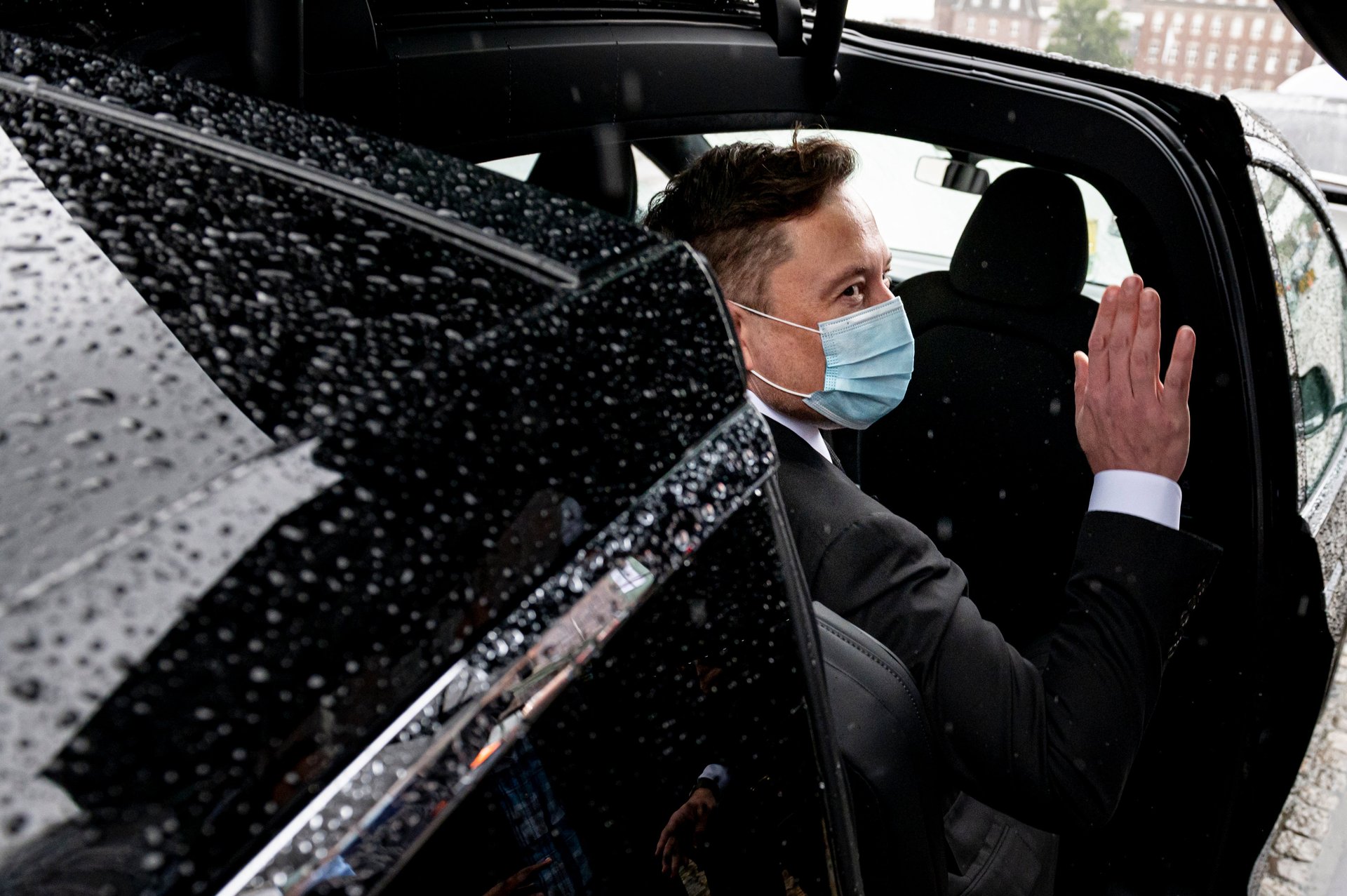
Back in 2016, Musk predicted Tesla drivers would be able to summon their cars from anywhere connected by land, including from New York to Los Angeles.
“In ~2 years, summon should work anywhere connected by land & not blocked by borders, eg you’re in LA and the car is in NY,” Musk tweeted in January 2016.
When the year 2018 rolled around without Teslas being able to do that, Musk didn’t admit he was wrong. Instead, he insisted it was just around the corner.
“Time-wise, we could probably do a coast-to-coast drive in 3 months, 6 months in the outside,” Musk claimed in February 2018.
We’re still waiting on that.
8 / 11
Full Self-Driving “Next Year”
A viral video, which was deleted from YouTube by the original creator, but has been re-uploaded by others, is simply a supercut of Musk promising fully autonomous driving “next year.” The problem, it seems, is that he made the “next year” promise over and over and over again.
9 / 11
AI More Dangerous Than Nukes
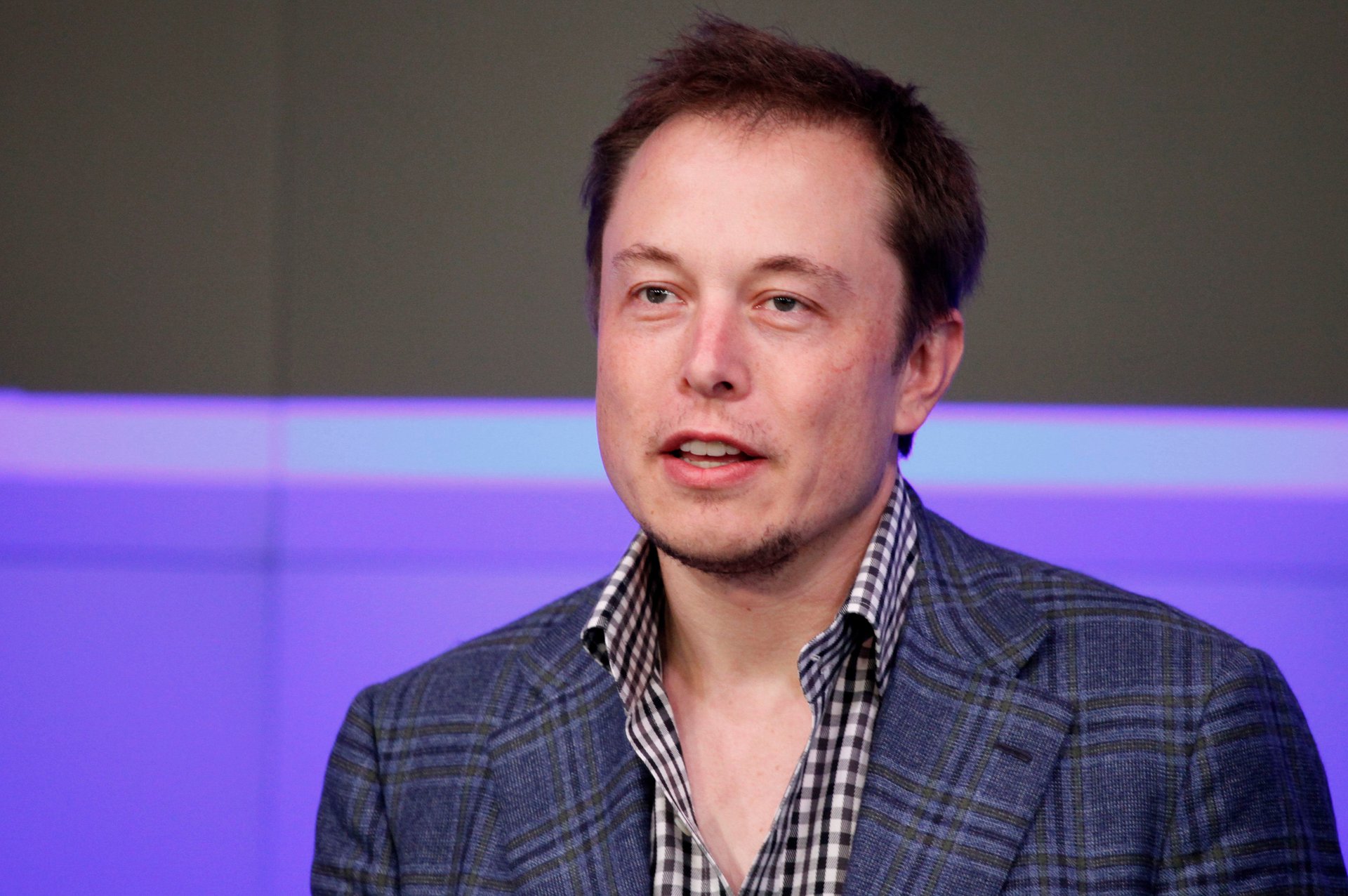
Musk has been instrumental in developing generative AI tech, first as a major investor in OpenAI, but then as a major competitor to the creator of ChatGPT. On the surface, Musk has always warned of the dangers of AI, while also trying to develop it, creating a strange kind of cognitive dissonance.
“Worth reading Superintelligence by Bostrom. We need to be super careful with AI. Potentially more dangerous than nukes,” Musk tweeted in August 2014.
Many people pointed out at the time this was a rather absurd thing to say, even if all our brains have been poisoned by dystopian sci-fi. And it’s easy to see how people could still be worried about this stuff due to the sensationalistic media coverage.
Large-language models have opened up new doors for people in the world of chatbots and Musk has clearly been impressed, launching his own version with Grok on X and starting his own AI company headquartered in Nevada. Tools like ChatGPT, Grok, and Gemini allow people to ask questions and receive a response that sounds remarkably like a human. But the dirty little secret about this AI hype cycle is that even though they sound like they’re applying logic and reason to various questions, that’s not what’s happening under the hood.
These LLMs work as predictive text machines. They work by spitting out words at an incredibly rapid rate that can trick us into thinking there’s some real “thinking” going on. But if you ask the chatbots illogical questions they’ve never heard before, it can become clear they’re not actually applying any kind of deep reasoning.
It’s entirely possible that AI could be very dangerous in the future, but the idea that it’s because Skynet is just over the horizon simply isn’t grounded in reality. The danger of AI is people believing it can do many more things beyond its real capabilities.
10 / 11
Elon Musk’s Candy Company
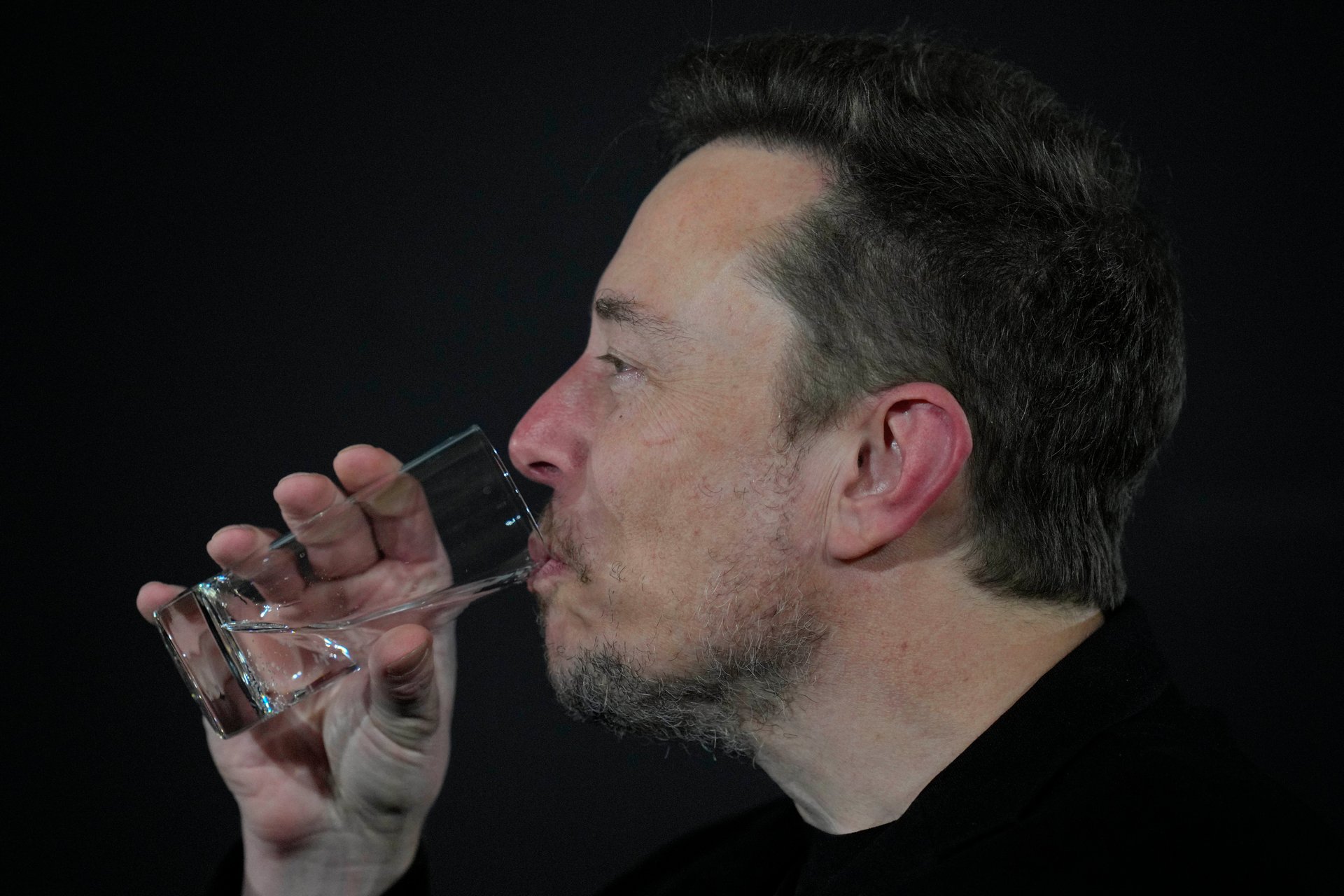
Remember when Musk said he was going to start a candy company?
“I’m starting a candy company & it’s going to be amazing,” Musk tweeted in May 2018. “I am super super serious.”
Musk never started a candy company.
11 / 11
Tesla Will Have a 1,000-Kilometer (621 Mile) Range
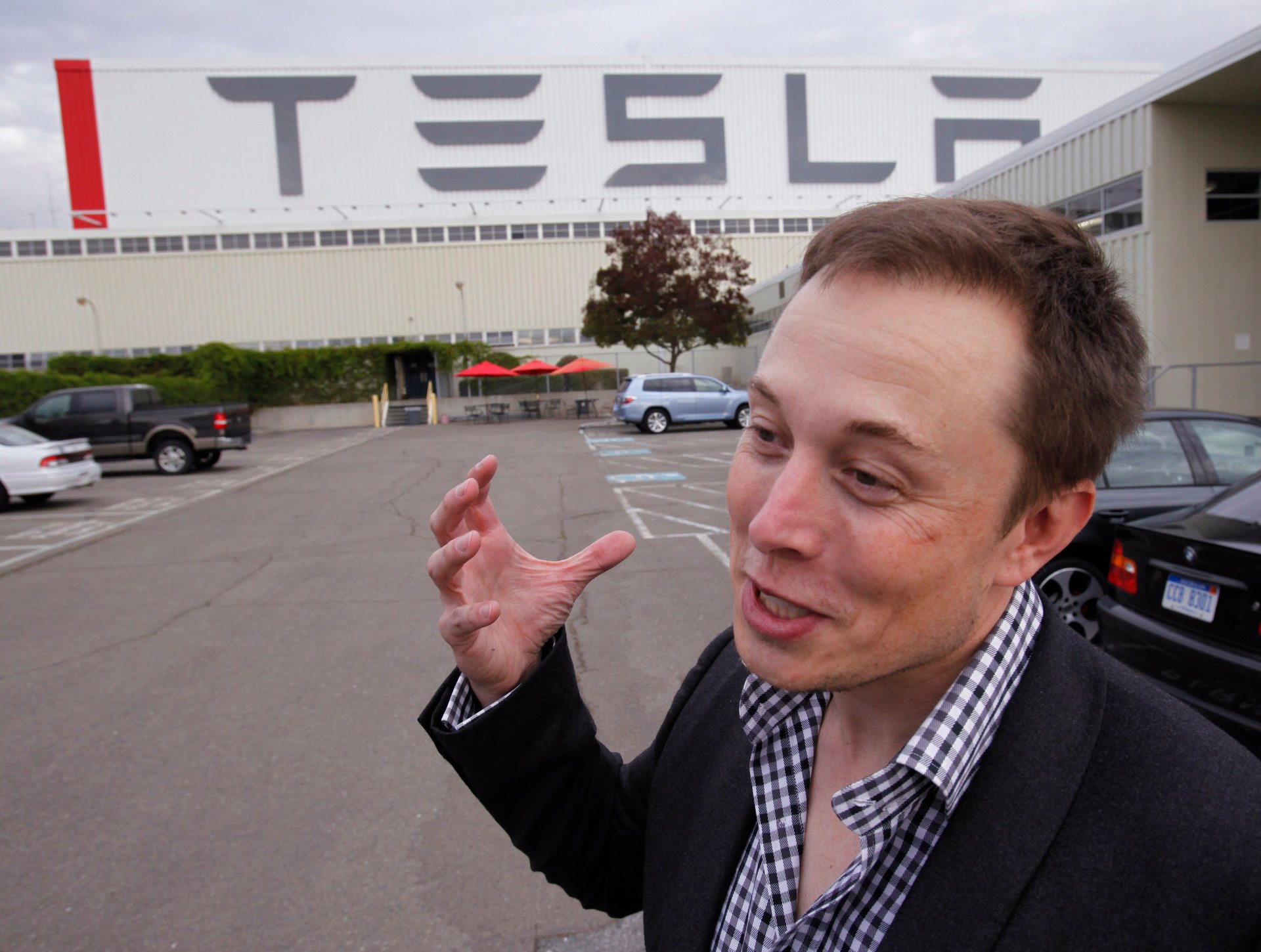
“The record right now for the Model S is 800 kilometers (497 miles). That is the furthest that anyone has driven a Model S,” Musk told a Danish news site in September 2015. “My guess is probably we could break 1,000 kilometers within a year or two. I’d say 2017 for sure.”
One thousand kilometers is roughly 621 miles. Needless to say, this prediction didn’t pan out by 2017, nor has it happened in the seven years after that. The record for the longest distance driven in a Tesla is 901 kilometers (roughly 560 miles) and that was only achieved because of some absolutely bonkers conditions. For example, the drivers planned meticulously and maximized every possible efficiency, driving in a closed loop at an average speed of just 24 miles per hour.
Even under those conditions, it’s still a long way from 1,000 kilometers.